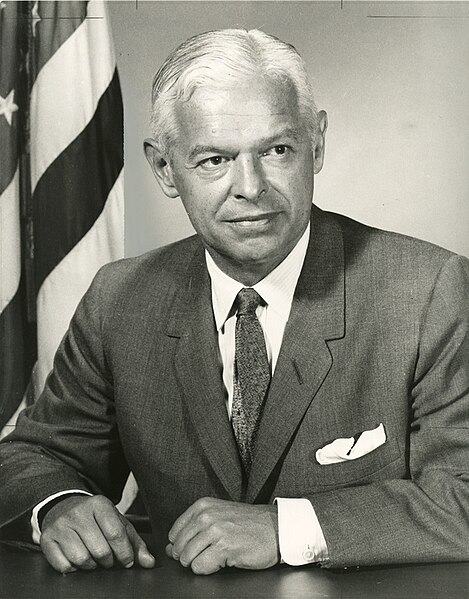United States Objectives and Programs for National Security, better known as NSC 68, was a 66-page top secret National Security Council (NSC) policy paper drafted by the Department of State and Department of Defense and presented to President Harry S. Truman on 7 April 1950. It was one of the most important American policy statements of the Cold War. In the words of scholar Ernest R. May, NSC 68 "provided the blueprint for the militarization of the Cold War from 1950 to the collapse of the Soviet Union at the beginning of the 1990s." NSC 68 and its subsequent amplifications advocated a large expansion in the military budget of the United States, the development of a hydrogen bomb, and increased military aid to allies of the United States. It made the rollback of global Communist expansion a high priority. NSC 68 rejected the alternative policies of friendly détente and containment of the Soviet Union.

NSC 68 was drafted under the guidance of Paul H. Nitze, Director of Policy Planning for the United States Department of State, 1950–1953.
National security directive
National security directives are presidential directives issued for the National Security Council (NSC). Starting with Harry Truman, every president since the founding of the National Security Council in 1947 has issued national security directives in one form or another, which have involved foreign, military and domestic policies. National security directives are generally highly classified and are available to the public only after "a great many years" have elapsed. Unlike executive orders, national security directives are usually directed only to the National Security Council and the most senior executive branch officials, and embody foreign and military policy-making guidance rather than specific instructions.
National Security Decision Directive 114, signed by Ronald Reagan


